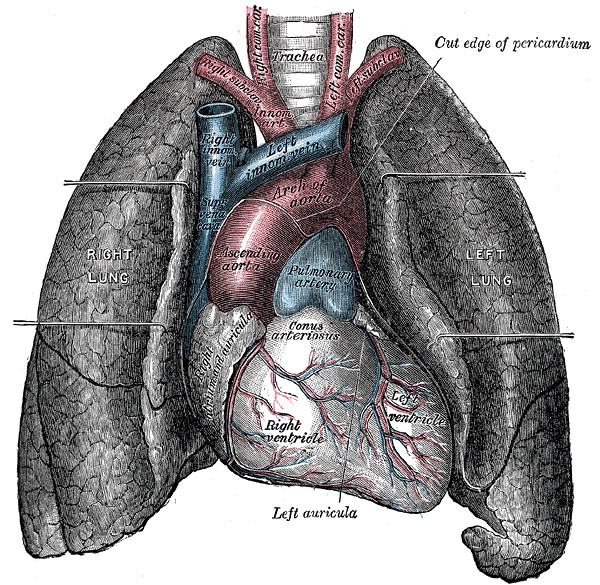In a first of its kind experiment, US-based scientists have re-grown a functioning lung that could be successfully implanted into a rat. Writing in the journal Science, Yale researcher Thomas Petersen and his colleagues describe the technique, which could in the future be used to provide genetically compatible lungs for patients with lung damage caused by respiratory diseases or smoking.

The team used lung tissue collected from rats, which they treated with detergent solutions to remove all of the cells. This left behind a lung-shaped framework of supporting tissue, which was then immersed in a culture vessel containing nutrient solutions and "seeded" with lung cells from donor rats. Incredibly, within a week, the cells had re-grown over the scaffold provided by the supporting tissue, giving rise to the full spectrum of cells normally found in a mature lung, including airway lining cells and even cells that produce surfactant, the chemical that keeps the smallest airways open.
The ultimate pulmonary coup-de-gras, however, came when the team transplated the re-grown lungs into four rats, successfully connecting the airways and blood vessels to those of the recipient animal. The re-grown lungs performed effectively for up to two hours and oxygenated blood with high efficiency.
Although a small study and at an early stage, this work suggests that the same trick could be used to provide genetically-compatible lungs for patients with pulmonary diseases; by first replacing the cells in a donor lung with those from the recipient it might be possible to avoid the problems of immune-rejection, which plague current lung transplant patients. The ultimate goal, though, is to work out how to make the supporting structures too; then complete sets of all-new lungs can become a reality...










Comments
Add a comment